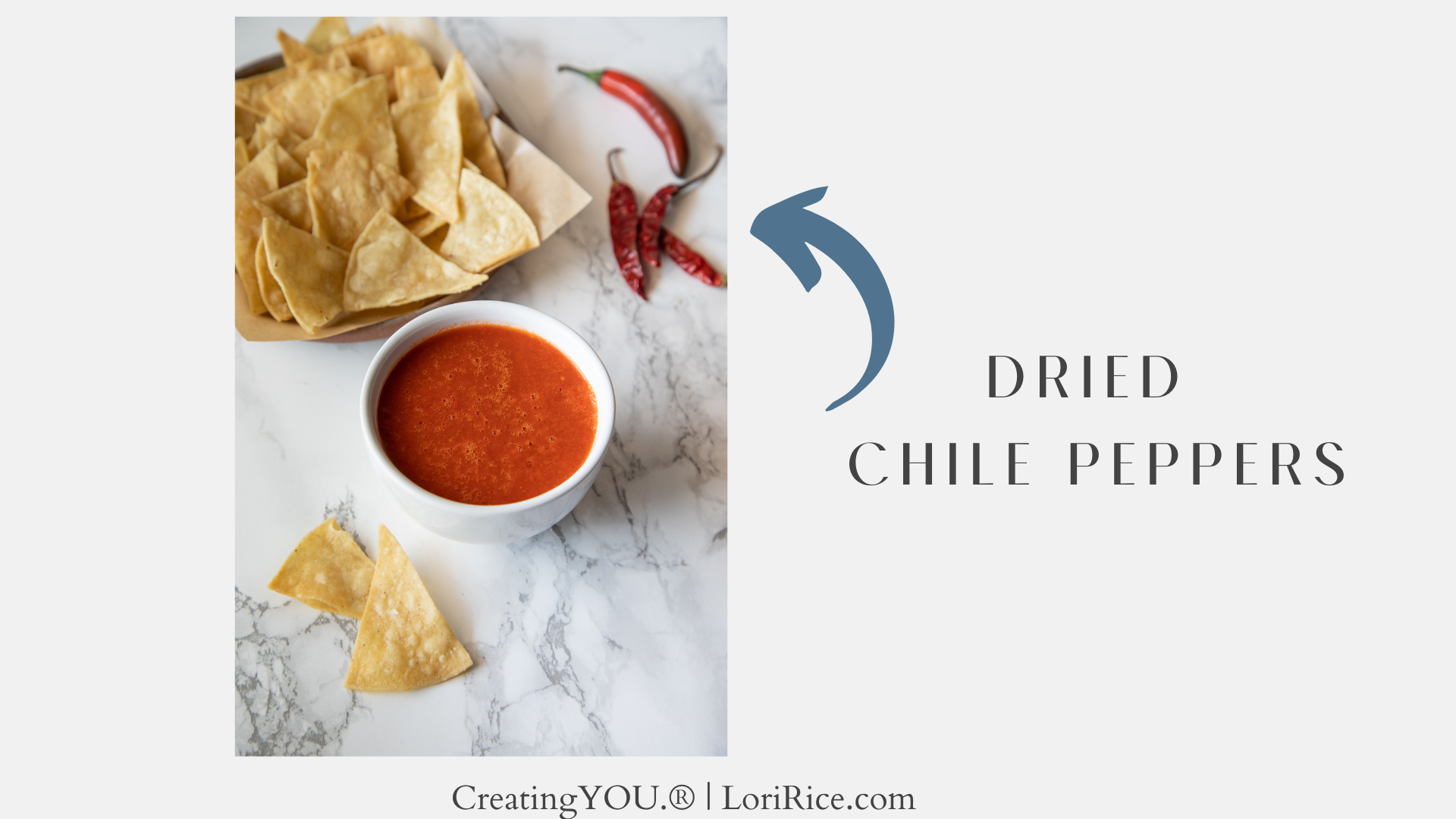It’s coming up with ideas that seems to get you stuck. At least that is what a lot of people tell me. It’s an issue with nearly every creative endeavor - the creative block.
And when you are trying to come up with new and different ways to photograph your food and products, it’s even more of a challenge. You don’t want to do what everyone else does.
I’m the same way. I used to hit creative blocks all the time.
Then I started practicing my method for Idea Generation. Whenever I have a subject to photograph whether it’s a food such as soup or a salad, or a product like jewelry or a candle, I ask myself four questions.
The answers to these questions lead to ideas for how I could photograph the subject. And I keep working on my answers until I have 10 solid ideas.
Overtime, the questions and answers become a more natural process. Ideas are almost instantaneous. I rarely get stuck after doing this for over 10 years.
Here are those questions.
What ingredients were used to make it?
What tools did I use to make it?
What does this subject make me think of?
How would I present this to another person or how is it served or used?
Question one and two generate ideas for garnishes to use, fresh items to add to the frame, how-to shots, hints at flavors and scents for the viewer.
Question three helps you to create a mood with lighting and colors as well as generate ideas for the type of scene.
Question four gives ideas for how to package and present the subject, what to serve it in, the environment it would be served in.
Here is how I would answer the questions for a subject such as lentil soup and then a product such as a candle.
Lentil Soup
What ingredients were used to make it?
Lentils, broth, carrots, celery, salt, pepper, herbs
What tools did I use to make it?
Saucepan, ladle, measuring cups, spoon
What does this subject make me think of?
Comfort, health and wellness, autumn, lunch, bread for dipping, crackers
How would I present this to another person or how is it served?
Bowl, mug, thermos, jar, on a tray, with sandwiches or a salad, with crackers or bread
From answering these questions I get the 10 ideas below.
10 Ideas for Photographing Lentil Soup
Flatlay with all the ingredients
Soup in saucepan with a ladle nearby
Soup in a mug with warm browns, golds, and orange colors
Soup in a bowl with crackers on the side
Soup in bowls on a tray with crackers or bread
Soup in saucepan on a tray with empty bowls or mugs and spoons on the side
Soup in a jar or thermos prepping a to-go lunch
Soup in a mug next to a salad
Soup in a bowl on a plate with a half sandwich beside it
Piece of rustic bread being dipped in a bowl of soup
Scented Candle
What ingredients were used to make it?
Wax, any scents associated - vanilla bean, fresh flowers, dried flowers, cotton balls, linen material, thyme, rosemary, lavender, lemons, cinnamon sticks, whole cloves
What tools did I use to make it?
Jars, wicks, lids, labels
What does this subject make me think of?
Autumn, winter, reading by the fire, comfort, blankets, table centerpiece, celebrations, intimate dining
How would I present this to another person or how is it served?
With matches, on a plate ready to burn, on a coffee table, as a gift with a bow or in a box, in a gift basket, with a book
From answering these questions I get the 10 ideas below.
10 Ideas for Photographing a Spiced Candle
Candle surrounded by vanilla beans, cinnamon sticks and cloves
Candle on a wood plate with matches next to it
Tool flatlay with jars, wax, labels and other ingredients
Candle with dried autumn leaves around it
Candle lit, next to an open book on a table
Blanket draped over the side of a couch or chair with candle lit on a table next to it
Seasonal table centerpiece with candle in the center of a board surrounded by twigs, leaves, dried flowers, etc.
Candle lit in the center of a dining table with a bowl of salad nearby and two place settings
Candle in a small gift basket with matches, a book, decorative tea bags and a mug
Candle nestled in a small box with tissue or shredded paper
Here are a few photo examples with which of the questions led to the final photo.
















